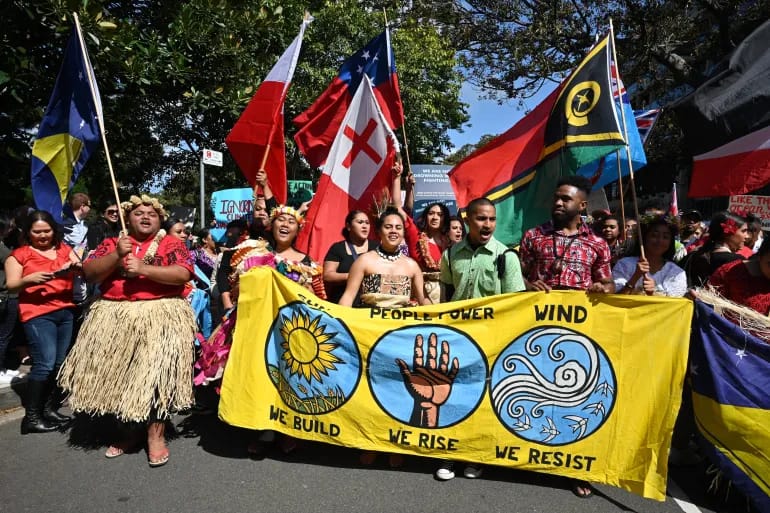In a significant policy shift, Australia has declared its intention to rejoin the Green Climate Fund (GCF), a United Nations initiative aimed at assisting economically disadvantaged nations in tackling the dire consequences of climate change. This announcement comes on the eve of a crucial donor conference for the GCF, indicating Australia’s commitment to addressing the challenges posed by a rapidly warming planet. Australia’s reentry into this global effort underscores the importance of climate finance, especially in the Pacific region, as nations grapple with rising sea levels and intensifying storms.
A Resolute Return to Climate Finance
Australia’s decision to rejoin the Green Climate Fund represents a stark reversal of its 2018 withdrawal from the initiative. At that time, the country, under a right-wing government, had withdrawn its support despite having contributed approximately 200 million Australian dollars ($127.4 million) during its previous four-year membership. The renewed commitment to the GCF signifies a reevaluation of Australia’s climate policy and a recognition of the fund’s pivotal role in addressing global climate challenges.
A Lifeline for Vulnerable Pacific Islands
The spokesperson for Foreign Minister Penny Wong emphasized the GCF’s significance, acknowledging it as the “most prominent” among the world’s climate funds. Importantly, it serves as a lifeline for Pacific island nations, which are among the most vulnerable to climate change due to rising sea levels and the heightened frequency and intensity of storms driven by increasing global temperatures. Australia’s “modest contribution” to the fund, set to be made by the end of the year, underscores the nation’s commitment to supporting its Pacific neighbors in the face of climate adversity.
The Global Climate Diplomacy Challenge
The move to rejoin the GCF highlights the contentious nature of international climate diplomacy, particularly regarding climate financing. As the world strives to limit global warming to 1.5 degrees Celsius above pre-industrial levels, developing countries, which bear the least responsibility for climate change, seek support from wealthier, higher-emitting nations. This support is essential for adapting to extreme weather events and transitioning to renewable energy sources. Australia’s reengagement with the GCF aligns with the global community’s efforts to address these critical issues and fulfill its climate commitments.
In the realm of international climate diplomacy, financing remains one of the most contentious topics. As the world seeks to limit temperature rise, developing nations look to their wealthier counterparts for support. This support is crucial for adapting to extreme weather events and transitioning to renewable energy sources. Australia’s reentry into the GCF demonstrates its dedication to addressing these pressing issues and fulfilling its climate commitments.
The Green Climate Fund’s executive director, Mafalda Duarte, stressed the importance of honoring the fund’s initial vision and potential. She called for global solidarity, emphasizing the need for nations to work together in the face of the climate crisis. The GCF has laid out an ambitious vision to manage $50 billion by 2030, with a particular focus on developing countries between 2024 and 2027.
In recent times, countries like the United Kingdom, Germany, and France have pledged substantial amounts to the GCF, showcasing their commitment to addressing climate change on a global scale. However, the United States is yet to announce its contribution. Notably, the U.S. pledged approximately $3 billion during the fund’s first resource mobilization in 2014, but subsequent governments have been less forthcoming. The renewed commitment to climate change by the U.S. in 2022, following a summit with Pacific leaders, is expected to have a significant impact on global climate finance efforts.
















